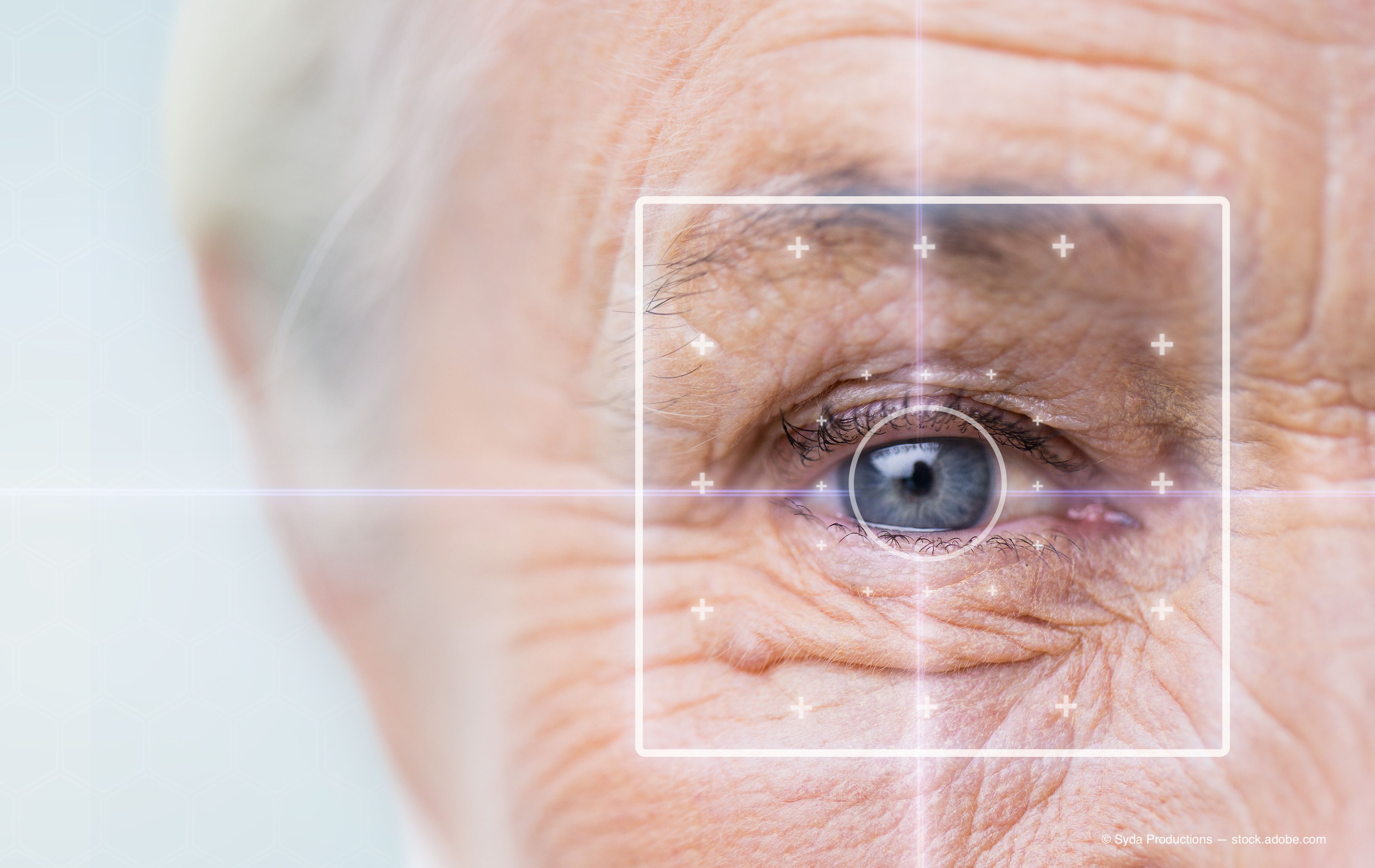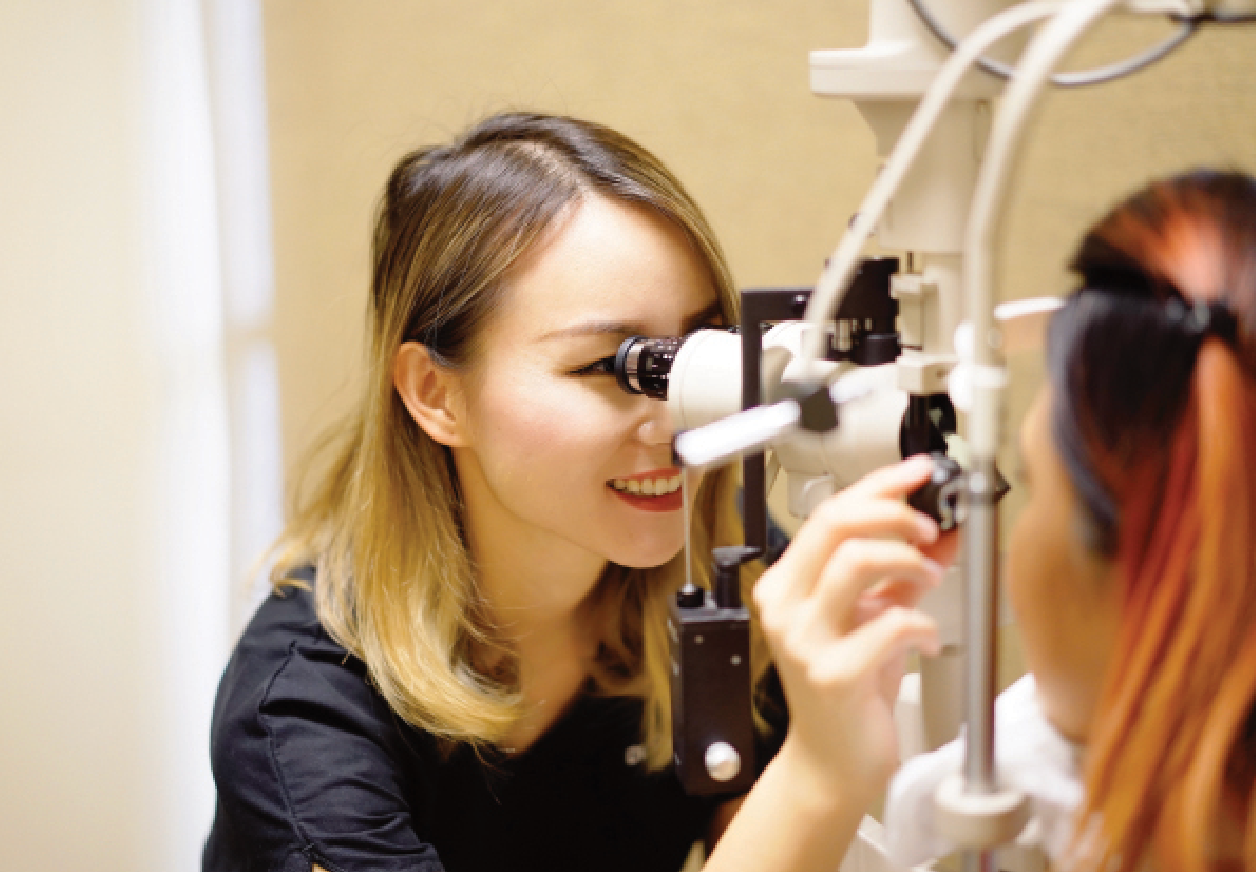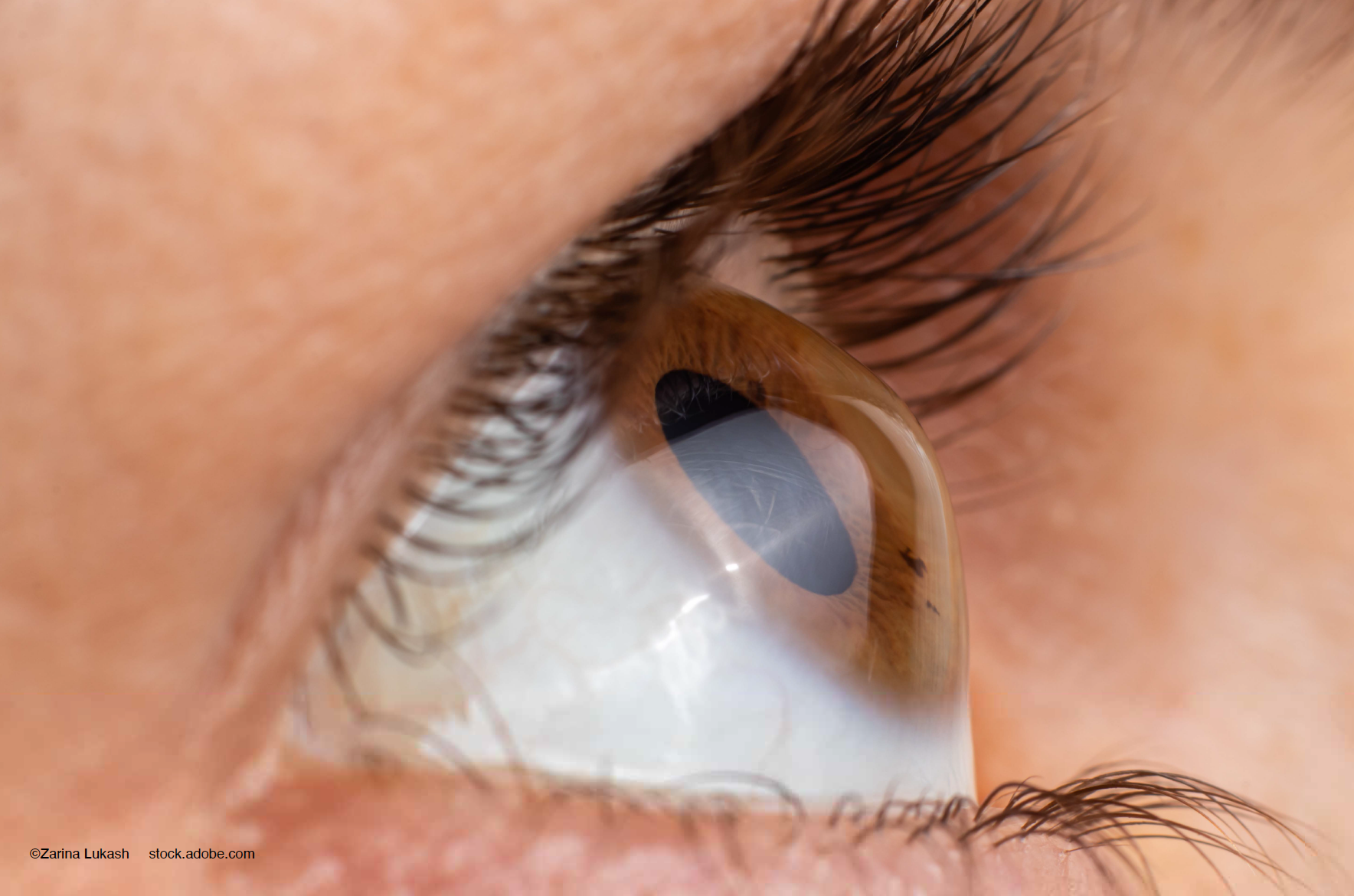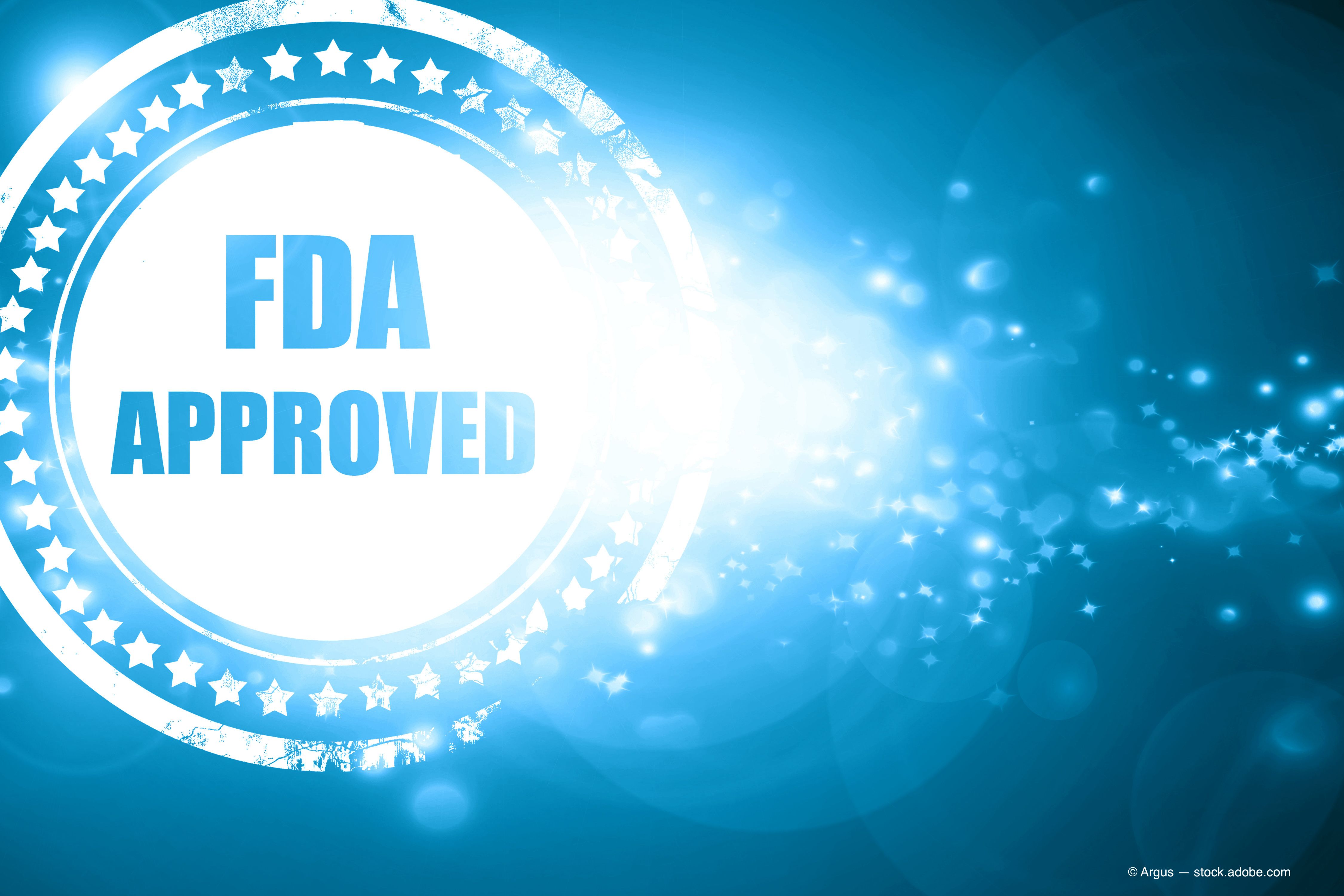Article
Anti-allergic agent alcaftadine stronger in relief of ocular itching
Author(s):
In head-to-head clinical assessments, alcaftadine was found to be statistically and clinically superior to olopatadine for relief of allergic conjunctivitis.
Take home
In head-to-head clinical assessments, alcaftadine was found to be statistically and clinically superior to olopatadine for relief of allergic conjunctivitis.
By Eugene B. McLaurin, MD, Special to Ophthalmology Times
Memphis, TN-Given that allergic conjunctivitis is one of the most common conditions requiring attention by eye-care professionals and allergists from around the world, the combination of safety, comfort, and efficacy has made topical ophthalmic antihistamines the primary treatment option.
Until recently, most available ocular treatment required twice-daily dosing for the prevention of ocular itching, the hallmark symptom of allergic conjunctivitis.
A recent report by McLaurin and colleagues describes a pooled analysis of data from two phase IV, double-masked, randomized, placebo-controlled studies that each compared once-daily dosing of alcaftadine 0.25%, olopatadine 0.2%, and a placebo treatment using the CAC model of ocular allergy.1
In the pooled analysis, 90 subjects completed the trial for each of the actives while the placebo group included 91 subjects. The two trials used nearly identical protocols to facilitate the post-hoc analysis. As expected, both studies established the statistical and clinical superiority of both drugs compared with placebo.
In the CAC model, pre-defined subjects who fit the stringent inclusion and exclusion criteria were challenged with precise quantities of known allergen to elicit a reproducible, quantifiable response with at least a 2-unit score in redness and itching using 0-4 scales.
A second challenge with the same amount of allergen was conducted at a subsequent visit to confirm the reproducibility of the response. This second, baseline response confirmed that subjects for each of the treatment groups were appropriately randomly assigned with average itching scores of 2.83, 2.68, and 2.85 for alcaftadine, olopatadine, and placebo, respectively
At the third visit, the duration of antihistamine action was assessed. Subjects received bilateral drops of the test agent (olopatadine 0.2%, alcaftadine 0.25%, or placebo) 16 hours prior to allergen challenge.
The primary efficacy measure was subject-evaluated mean ocular itching at 3 minutes following this third challenge (16 hours after drug instillation).
Secondary measures included ocular itching at 5 and 7 minutes pos-CAC. Sum ocular itching was also determined over all time points measured (3, 5, and 7 min) and the proportion of subjects with minimal itch (itch score <1) and zero itch (itch score=0) was also identified.
In the integrated analysis of efficacy, they pooled the results from these two studies. As expected, 16 hours after dosing, both alcaftadine 0.25% and olopatadine 0.2% were superior to placebo in achieving greater reductions in mean itch scores at 3, 5, and 7 minutes post-CAC and over all time points (2.10; p < 0.0001 for both alcaftadine and olopatadine versus placebo).
However, alcaftadine was shown to be superior to olopatadine on several fronts. Also, at this duration of action visit, 16 hours after dosing, alcaftadine achieved a significantly lower mean itching score compared with olopatadine 0.2% (0.50 versus 0.87, respectively; p < 0.0006) at the peak time for itching: 3 minutes post-CAC.
Analysis over all the post-challenge time points measured (3, 5, and 7 min) also demonstrated a statistically lower overall mean itching score with alcaftadine compared with olopatadine 0.2% (0.68 versus 0.92; p = 0.0390).
They then examined subjects by their magnitude of response with regard to itching: how many subjects had no itching and how many had minimal itching, defined as a score of less than 1 in itching after challenge.
While the percentage of subjects who reported zero itch was similar in the alcaftadine and olopatadine-treated groups, and both of these are superior to placebo (alcaftadine 15.2%; olopatadine 16%; placebo, 1.1%, p ≤ 0.0006), significant differences were identified for subjects with minimal itching. For all post-CAC time points (3, 5, and 7 minutes) when challenged 16 hours after drug instillation, 76.1% of subjects in the alcaftadine group reported minimal itch, while only 58.1% of those in the olopatadine group reported minimal itch (p = 0.0121; significant by Fisher’s exact test).
This indicated that 16 hours after instilling one drop of medication, greater then three-fourths of all patients in the alcaftadine-treated group reported only a mild, transient itching sensation (0.5 on a scale of 0 to 4).
These are the first head-to-head comparative studies of the two anti-allergic agents approved for once-daily use for the prevention of ocular itching associated with allergic conjunctivitis. Both actives were found to be generally well tolerated, with no adverse events considered to be related to study treatment, and no serious adverse events reported during the course of the studies.
However, at 16 hours post-treatment instillation, the newcomer, alcaftadine 0.25% ophthalmic solution, provided greater relief of ocular itching than olopatadine 0.2% ophthalmic solution. This is especially interesting since in the many head-to-head comparisons done thusfar with olopatadine, no drug even came close to providing better protection against itching than olopatadine.2-6
Clearly, a best-in-class that has yet to be appreciated by the ophthalmic community, alcaftadine might be one to watch in the coming allergy season. These recent data will undoubtedly influence prescribing habits and formulary availability in the coming seasons.
Eugene B. McLaurin, MD, is affiliated with Total Eye Care, PA in Memphis, TN. Dr. McLaurin did not indicate any proprietary interest in the subject matter.
References
1. McLaurin EB, Marsico NP, Ackerman SL, Ciolino JB, Williams JM, Villanueva L, Hollander DA. Ocular itch relief with alcaftadine 0.25% versus olopatadine 0.2% in allergic conjunctivitis: pooled analysis of two multicenter randomized clinical trials. Adv Ther. 2014;31:1059-1071.
2. Fukushima A, Ebihara N, Efficacy of olopatadine versus epinastine for treating allergic conjunctivitis caused by Japanese cedar pollen: a double-blind randomized controlled trial. Adv Ther. 2014;31:1045-1058.
3. Abelson MB, Greiner JV. Comparative efficacy of olopatadine 0.1% ophthalmic solution versus levocabastine 0.05% ophthalmic suspension using the conjunctival allergen challenge model. Curr Med Res Opin. 2004;20:1953-1958.
4. Berdy GJ, Stoppel JO, Epstein AB. Comparison of the clinical efficacy and tolerability of olopatadine hydrochloride 0.1% ophthalmic solution and loteprednol etabonate 0.2% ophthalmic suspension in the conjunctival allergen challenge model. Clin Ther. 2002;24:918-929.
5. Spangler DL, Bensch G, Berdy GJ. Evaluation of the efficacy of olopatadine hydrochloride 0.1% ophthalmic solution and azelastine hydrochloride 0.05% ophthalmic solution in the conjunctival allergen challenge model. Clin Ther. 2001;23:1272-12780.
6. Rosenwasser LJ, Mahr T, Abelson MB, Gomes PJ, Kennedy K. A comparison of olopatadine 0.2% ophthalmic solution versus fluticasone furoate nasal spray for the treatment of allergic conjunctivitis. Allergy Asthma Proc. 2008;29:644-653.
Newsletter
Don’t miss out—get Ophthalmology Times updates on the latest clinical advancements and expert interviews, straight to your inbox.





